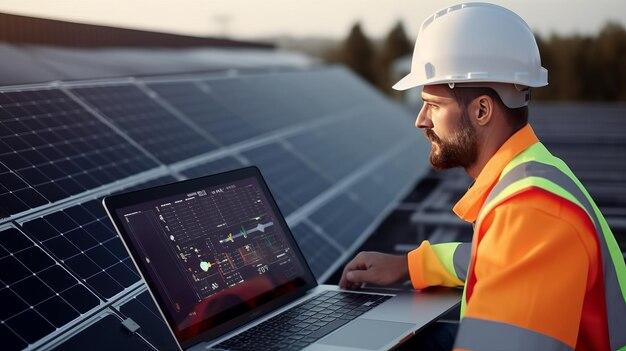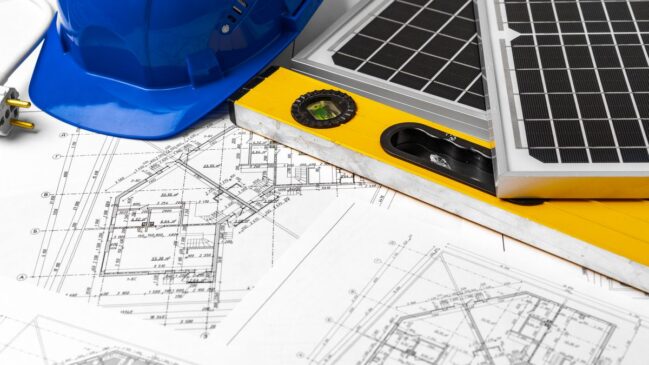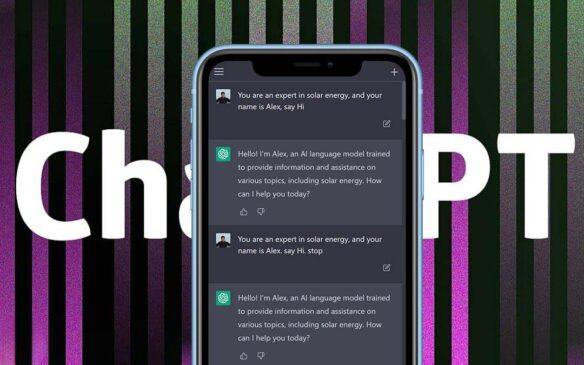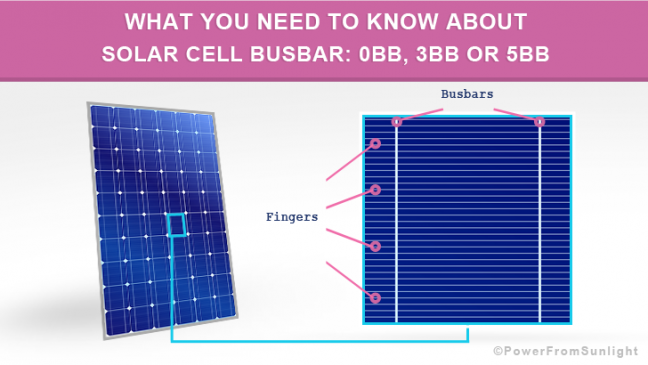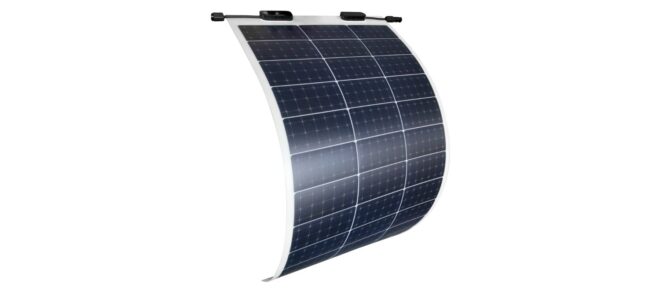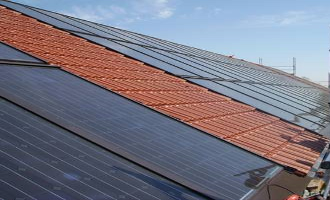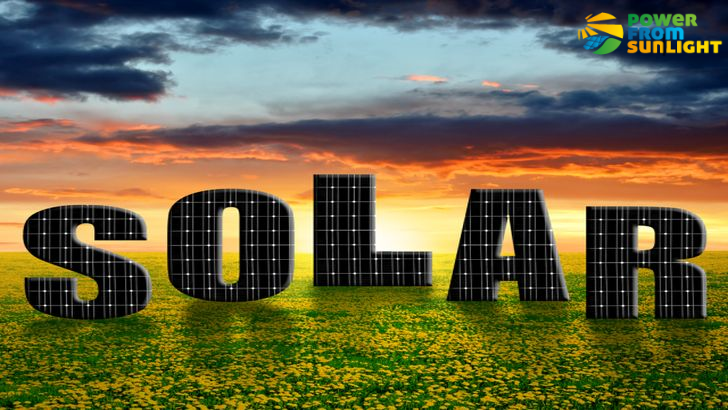
Why Is A Solar PV System The Best Technology Of Solar Energy?
This article explains why the Photovoltaics is the best technology of solar energy with the aid of technical comparisons of the main solar energy technologies (Photovoltaic, solar thermal and Concentrating solar power).
What is the definition of Solar Energy?
Solar energy is the energy that comes from sunlight. There are three principal ways to harvest this sunlight energy, Solar Photovoltaic Technology, Solar thermal technology and concentrating solar power technology (CSP).
The three solar energy systems use sunlight to produce either electricity or heat.
In this article, we will make comparisons between the three technologies and then determine which is the best.
From Solar Energy to electricity
There are two processes to generate electricity from sunlight, directly by solar PV system or indirectly using concentrating solar power system.
How does Photovoltaics work?
By using a phenomenon called the photovoltaic effect, solar panels convert the sunlight energy into direct current.
More about photovoltaik effect in our article about from photovoltaic solar cells to the main types of solar panels.
The individual solar modules are gathered together and are connected to a device called solar power inverter, which converts this current into the standard alternating (AC) current. And, by the way, do not forget to know more about the solar inverter in our article the most important things to know about solar power inverter.
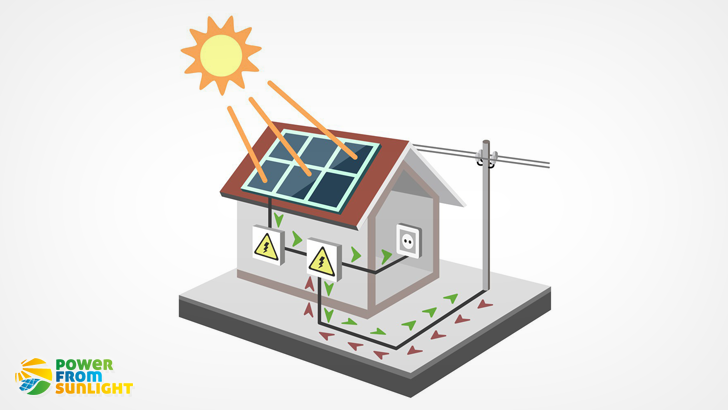
How does a Concentrating Solar Power system work?
We will talk here about the most common and mature CSP system called parabolic trough power plant, parabolic mirrors collect and focus the sunlight onto a central absorber pipe.
The heat transfer medium, which flows through this pipe, transfers its heat into the water. The generated steam drives a turbine that generates electricity.
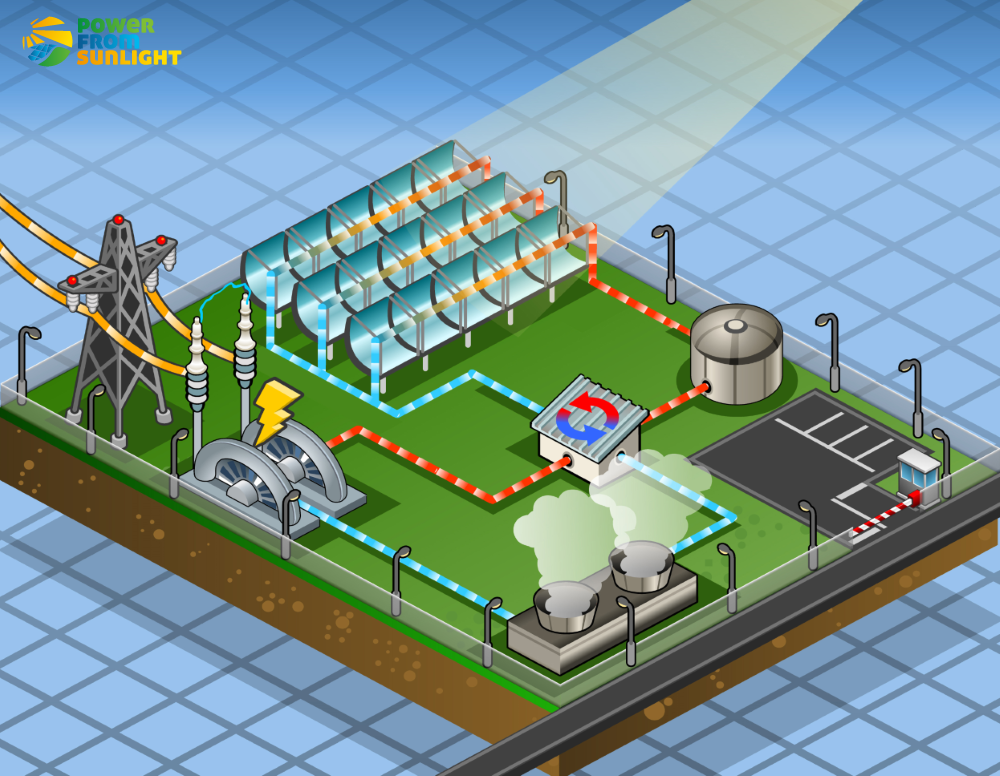
What is the best technology to produce electricity, CSP or Photovoltaic?
The following table summarizes the most important differences between the two systems:
| Solar PV system | Concentrating solar power system |
|---|---|
| Photovoltaics are far cheaper than CSP. | The cost of producing electricity by CSP is higher than Photovoltaics. |
| Photovoltaics offer more possibilities for use (large PV Power plants, rooftop systems, small appliances) | Only large-scale solar power plants. |
| Solar panels can use direct as well as indirect sunlight to generate electricity. | CSP system can use only direct sunlight. |
| Solar PV system converts sunlight directly into electricity. | CSP plant uses sunlight to heat steam in order to generate electricity. |
| Maintenance costs are low. | High maintenance costs |
| Solar PV system does not need supplemental cooling. | A large volume of water is required to cool the turbine cycle and to clean the mirrors. However, the water in desert regions is necessary to the survival of its people. |
| PV plants are also economically suitable for regions which have less sunshine . | CSP systems are only economically applicable in sunny regions. |
| Solar PV system can be built easier and in a much shorter time. | CSP systems require more space and time to construct. |
Conclusion
The main advantage of concentrating solar power systems is the ability to provide power using solar heat storage at night and during bad weather.
Otherwise, Solar PV systems are much cheaper, can be built in any size required, and also perform in regions that do not enjoy much sunshine.
Besides, photovoltaics offer more possibilities of use and have less stringent maintenance demands.
Even though the CSP technology is not the best for gathering solar energy, it can supplement the electricity generated from renewable energy sources, especially in sunny regions.
Find more information about other renewable energy sources in our article why is a solar energy the best renewable energy source.
Heat from Solar Energy
What is solar Thermal Energy?
Heat, which comes from the conversion of sunlight energy using solar thermal collectors.
Generated energy can be used to heat water for showering, for space heating, for industrial processes, or even for cooling.
How does solar thermal system work?
Solar thermal collectors are black, and therefore are able to absorb solar radiation better, and to convert it into heat; which is transferred to a heat transfer medium called solar fluid (usually a mixture consisting of water and antifreeze).
The heated liquid is transported by a circulating pump to the solar storage tank. There, the carrier fluid transfers its heat into the water in the tank through a solar heat exchanger.
The cooled solar liquid flows back to the collector to be warmed up again.

Photovoltaic system or solar thermal system?
Solar Photovoltaic Technology and solar thermal technology are technical processes to obtain energy from sunlight.
This energy can produce heat as well as electricity. Solar thermal systems serve primarily to provide hot water, but it may also be used to support the heating system.
Photovoltaic systems produce electricity, which is more useful than just the heat, such as operating of electrical equipment, home lighting, cooking, and other uses.
It can even assume tasks (with the aid of Power-to-Heat conversion) like water and space heating.
Is Photovoltaic the better solar energy technology or has solar thermal energy more to offer? The following table summarizes the most significant differences between the two systems:
| Solar PV system | Solar thermal system |
|---|---|
| Electricity can be stored relatively less expensively. | Heat is stored only for a short period of time without an expensive seasonal heat storage. |
| Solar electricity can be produced year-round. | In winter, the sunlight is normally not sufficient to produce enough energy to heat water. |
| Electricity has more use, such as operating of electrical appliances, home lighting, cooking, Power-to-Heat conversion | Heat can be used only for water and space heating. |
| Excess electricity can be used for heating or can be stored in a solar battery. | Excess heat is lost, especially in summer. |
| No additional costs. | Additional costs for the electrical pumps and maintenance cost, which can make the system more expensive. |
Conclusion
Certainly, Solar Thermal Technology is eco-friendly and saves a part of heating costs, but the heating requirement could not be covered, especially in winter. Therefore we need to supplement it with other heat generators, which usually work with gas or heating oil.
Besides, compared to Photovoltaics, solar thermal systems offer few alternative uses. You can use the energy only to heat water and small rooms, and the excess heat is stored only for a short period After that, you are left in cold water without a paddle.
Instead of this, photovoltaic covers a part of our electricity demand, the excess power can be fed into the utility grid, stored in the battery system for later use, or for heating (electric water heater, electric heating systems).
Moreover, there are special systems which also assume the heating tasks, such as photovoltaic heating System, which includes thermal components (solar storage tank and electrical rod heater) to heat both water and rooms (in winter and bad weather, a conventional boiler is required).
The combination of a solar PV system with an electric heat pump can assume the task of heating too. The cheaply-produced electricity from photovoltaic systems makes these solutions practical.

